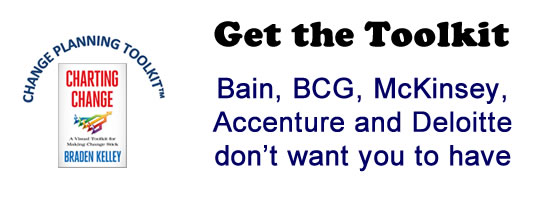No Exceptions – Leadership in the Family Business

Today, I’d like to talk about leadership, because leadership is a concern not only in organizations, but in the world today. The first thing I want to say about leadership is the importance of clarity of structure.
One day I was speaking at a conference and the grandson of the owner of a business comes up to me. And he says, “Would you be willing to come to help us?” So, I flew out. He chauffeured me to a very expensive restaurant and started telling me about the various incidents they had as leaders within their family business.
He told me about the good things, the growth of the company, expansion internationally, the beauty of the product they make. And on the other hand, he spoke of robbery, of betrayal, of the falling apart of the family during this whole process. And he actually ended up by telling me, “Look, they’ve asked me to be the successor of my grandfather, but I’m not sure I want to take this role as it stands. Do I want to belong to this community and do I want to take over the responsibility and accountability for all of this?”
“Doctor, do you think we can be cured?” I had to think about that, because when you work as a team coach or a business consultant, curing is on your mind, but perhaps not in the way that he thought.
The way I think about curing a family business like this is three step process. The starting point is clarity of structure, then clarity of relationship. And then, what kind of culture do we want to set up to be able to work together?
Clarity of Structure
So, let’s start with the clarity of structure in this case. One of the first things I asked him to do before I decided to take on the coaching was, to study the organogram? Can I see a picture of how the structure of your business is?”
And I said to him, “Okay, so explain this to me.”
And he said, “Well, look, we have a headquarters here and this is the London office.” And I looked, store manager, three employees. Okay. Then I looked at Hanover. And he said, “Oh, yeah, we have a business here as well.” I looked at the picture, store manager employees, etc., etc.
And then, we looked at Dubai and I looked and it said two store managers, three employees. I looked at him and I said, “Do you know what’s going on here?”
He said, “Well, look. One store manager is for real and the other store manager is in a relationship with my father, but we didn’t know where to put her. So, we put her there.”
Now you may laugh at this, but in my world, mixing the formal and informal structures creates significant problems in any organisation.
When people mix the levels, then invariably the dynamics in the company are affected. Some people are favourites and others aren’t, some are closer to the leader and others aren’t. It also means something to the rest of the people in the company who are clear about who they are and where they are, but who see an example of management by exception.
Family Business Relationships
One of the things I teach leaders in the family business is the importance of separating the shareholder relationship, the family relationship and the management relationship. So, that’s where we started in this company as well.
1. Shareholder group: Your shareholders set long term strategy, take decisions about investments and key players
2. Management team: You have a managerial relationship with each other, because a lot of family members were also managers. How are you going to create a business relationship, across domains and disciplines?
3. Family relationships: And there is the level of you are also family members with a long term history. How are you going to manage that?
In this case, the most important intervention I could do at this early stage was to clarify the structure, the formal structure, and to teach the family the importance of proximity and equal distance.
Treat everyone the same, and everyone will treat you the same.
And that calms down the system and makes it possible to manage.
Wait! Before you go…
Choose how you want the latest innovation content delivered to you:
- Daily — RSS Feed — Email — Twitter — Facebook — Linkedin Today
- Weekly — Email Newsletter — Free Magazine — Linkedin Group
 Sari van Poelje has 30 years experience of innovation on the interface of leadership and organizational development, executive coaching and transactional analysis both as a director within several multinationals and as an international consultant. Specialization in creating agile leadership teams and business innovation! She is the author of numerous articles and books on leadership and change.
Sari van Poelje has 30 years experience of innovation on the interface of leadership and organizational development, executive coaching and transactional analysis both as a director within several multinationals and as an international consultant. Specialization in creating agile leadership teams and business innovation! She is the author of numerous articles and books on leadership and change.
NEVER MISS ANOTHER NEWSLETTER!
LATEST BLOGS
Credit Card Shenanigans
It must be great to be in the credit card business in the United States. Demand is relatively inelastic and regulation is lax, so you can charge whatever you want for an interest rate, increase your fees once or twice a year, and make additional money off cash withdrawals and foreign exchange transactions.
Read MoreBuilding an Experience
As people become ever more immune to traditional advertising and marketing, branding will become more important. Branding is all about building an emotional connection with customers. Making the decision to follow a strategy focused on building a brand is not without peril, however, as it means that you will have to choose to not do certain things, like pursue a low price strategy.
Read More- « Previous
- 1
- …
- 4,132
- 4,133
- 4,134




